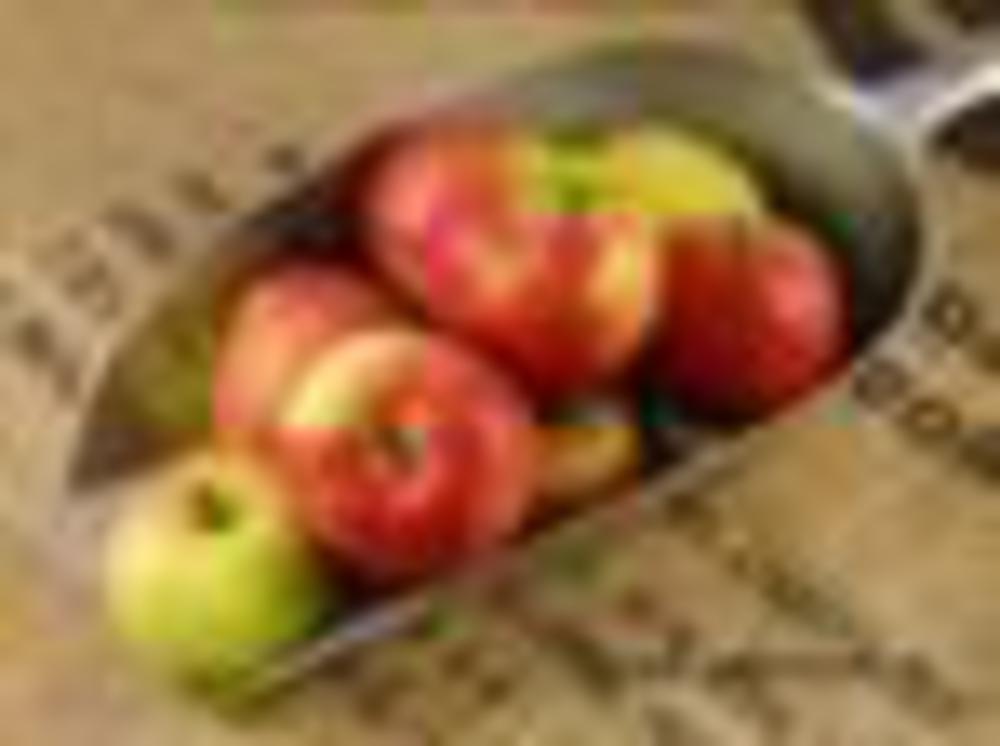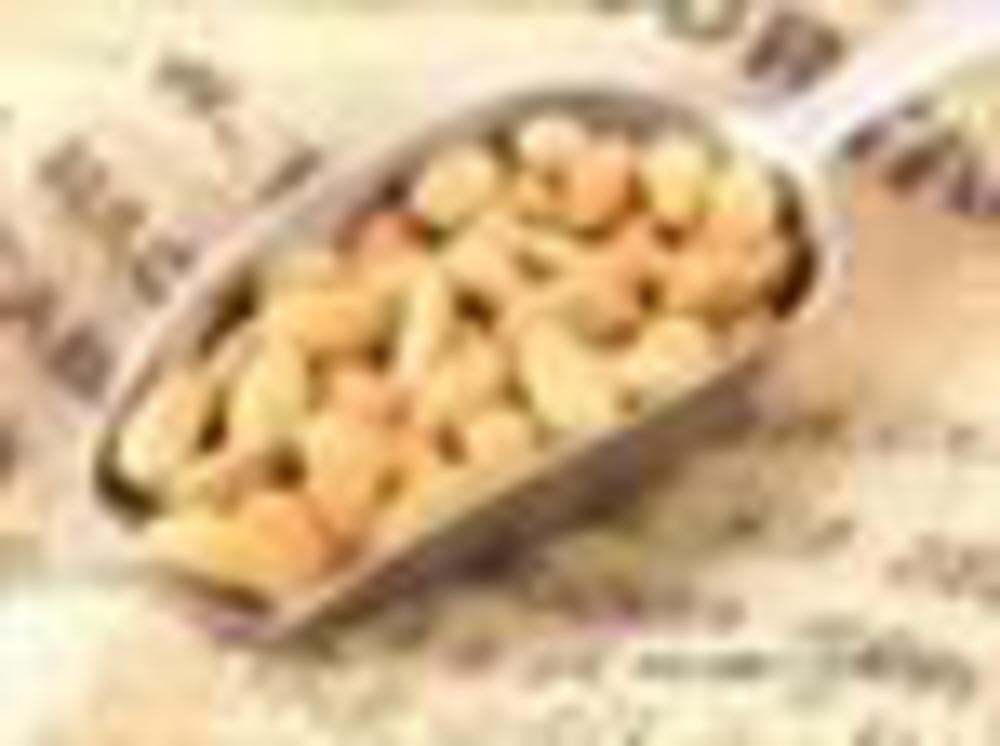We all need to have fibre in our diets especially as we get older.
Fibre does a lot of really important things for the body and can help to prevent certain diseases.
Roughage (fibre) helps to push everything else through the body so that you avoid the build-up of food and problems with constipation.
Adding fibre to your diet can also help you to reduce the likelihood that you’ll develop some serious health problems such as diabetes and heart problems.
Here are ten easy ways to start incorporating more fibre into your diet:
1. Eat orange pulp. 
A great source of dietary fibre, yet one that most people aren’t aware of.
If you drink orange juice, don’t get the kind with the pulp strained out. Instead, make sure that you’re getting as much pulp as possible in your orange juice.
Better yet, just eat the oranges whole (with the peel removed, of course) since you’ll get all of that wonderful goodness from the orange without missing out on anything.
2. Leave the skin on. 
Most of the foods that you eat that have a skin or a peel will probably have more fibre if you eat that skin than if you peel it off.
This means that you should stop peeling your potatoes and cucumbers before you eat them and just learn to eat that skin.
Of course, some foods just don’t taste right when you eat the peel (lemons come to mind and perhaps oranges as above) but think twice before whipping out that peeler.
3. Eat your seeds. 
Seeds are also often a great fibre resource.
There are many fruits that have seeds which we can eat but we don’t because we got out of the habit of doing so generations ago.
Apples are a terrific example. Yes, you can eat the seeds of apples and you’ll have an easy way to add more fibre to your diet.
4. Stop eating white bread. 
Good reasons to stop eating white bread and to start eating whole grain bread abound.
One of those reasons is that whole grain breads are rich in fibre.
Use whole grain breads breads for toast, sandwiches and everything else and you’ll find yourself feeling better because of the fibre you add to your diet.
(The sandwiches will have a great taste too.......)
5. Listen for the crunch. 
Crunchy foods are often great for fibre intake particularly if they’re the kind of foods that you would use to make a crunchy salad.
Eat carrots, celery and broccoli and you eat them raw so that you get all of the fibre benefits that they can offer.
6. Add cereal in more places.
High-fibre cereals are a great way to get fibre in your diet but you don’t have to just have a bowl with milk every day.
Add high-fibre cereal to ice-cream desserts and other foods that you’re eating to give the food some crunch and texture and to get more fibre into your diet at the same time.
7. Eat your almonds. 
Nuts of many kinds are a great source of fibre but almonds are the best.
If you are buying nuts for a snack or recipe, consider whether almonds would go well with what you’re making.
8. Start slowly.
The best thing that you can do to add fibre to your diet is to start adding in fibre-rich foods that you don’t already eat.
Legumes are the foods richest in fibre so start getting the right kind of beans and making them a side dish to all of your meals.
Other fibre-rich foods include pears, prunes, raspberries, blackberries, broccoli and root vegetables like potatoes (with the skin on, of course).

9. Eat less meat and more vegetables.
There really isn’t much fibre in meat so try replacing meat based dishes with vegetable ones instead.
10. Fibre supplements.
If you can’t bring yourself to get enough fibre into your diet in these simple ways then an alternative way to get your fibre is through adding supplements to your diet.
If that’s what works for you, find the ones that you like best. There are shakes and power bars and pills that you can take to get the fibre that you need..
It’s really important to add fibre to your diet but don’t overdo it.
As you add fibre, make sure that you do so slowly instead of drastically to avoid stomach cramping and other health issues
Related Topics:
Eat Fibre for Better Health